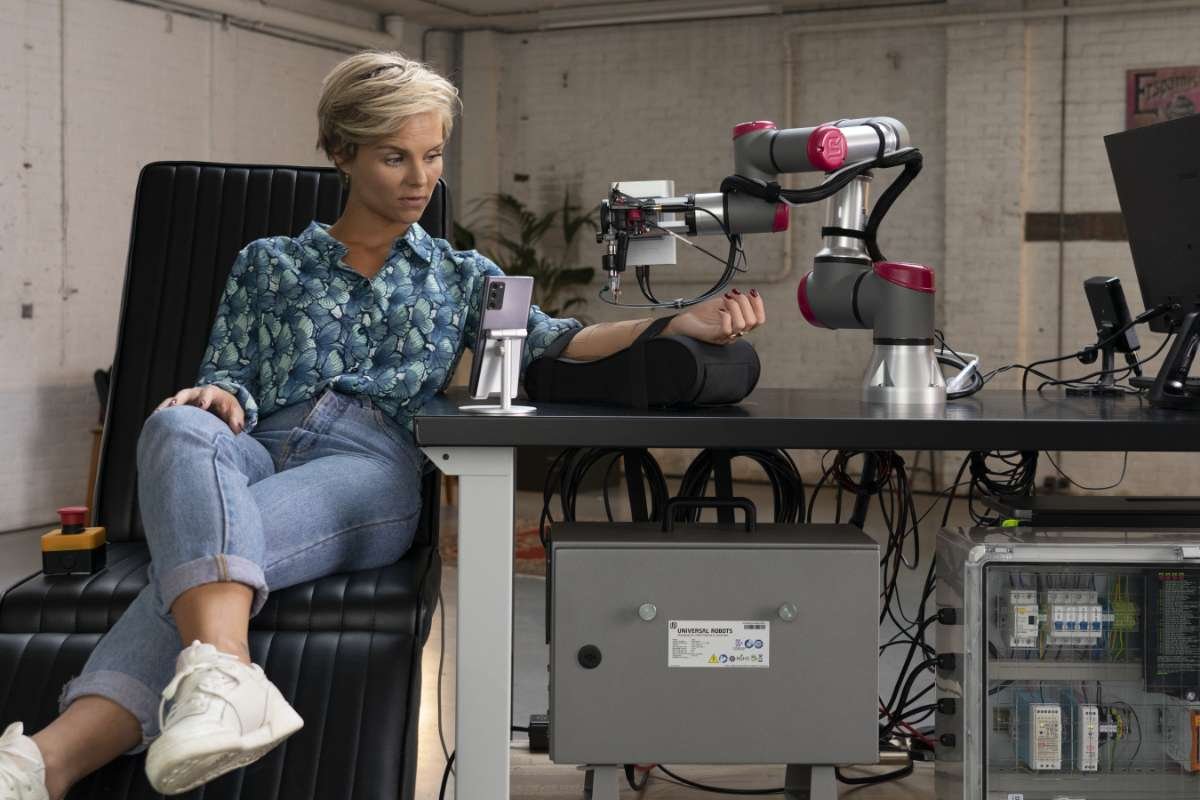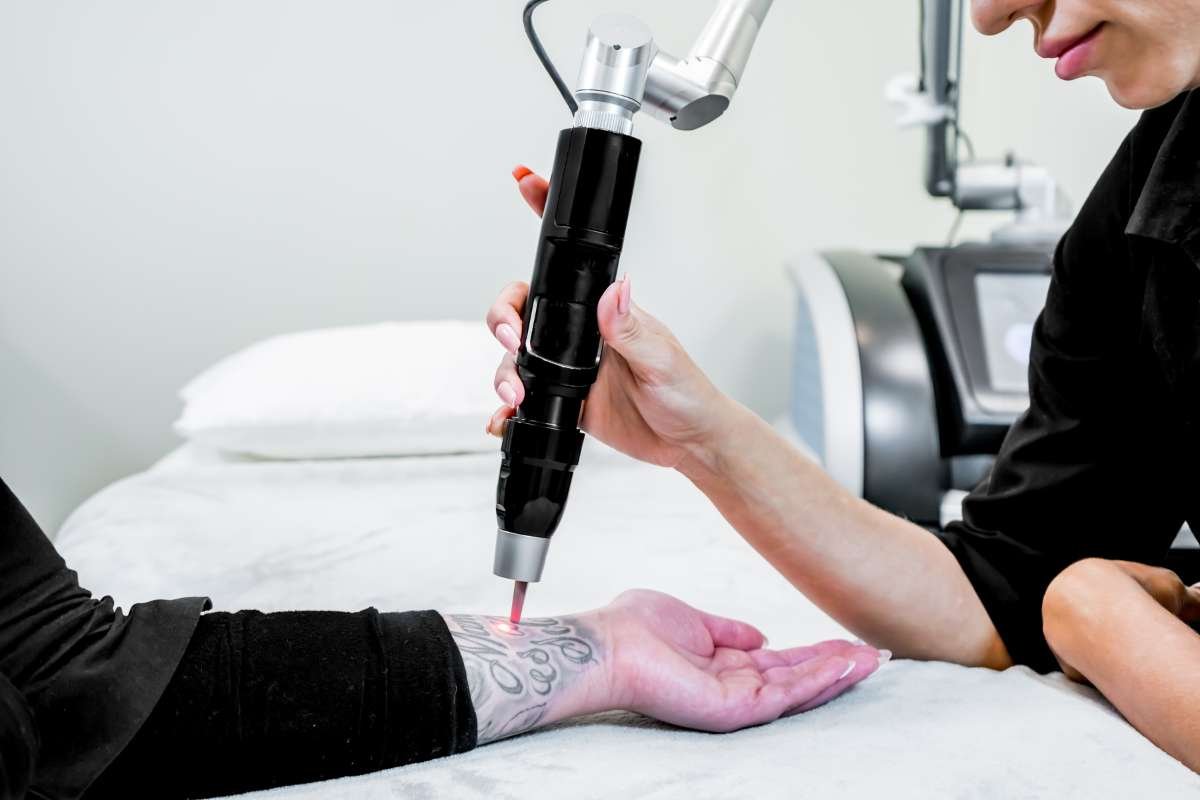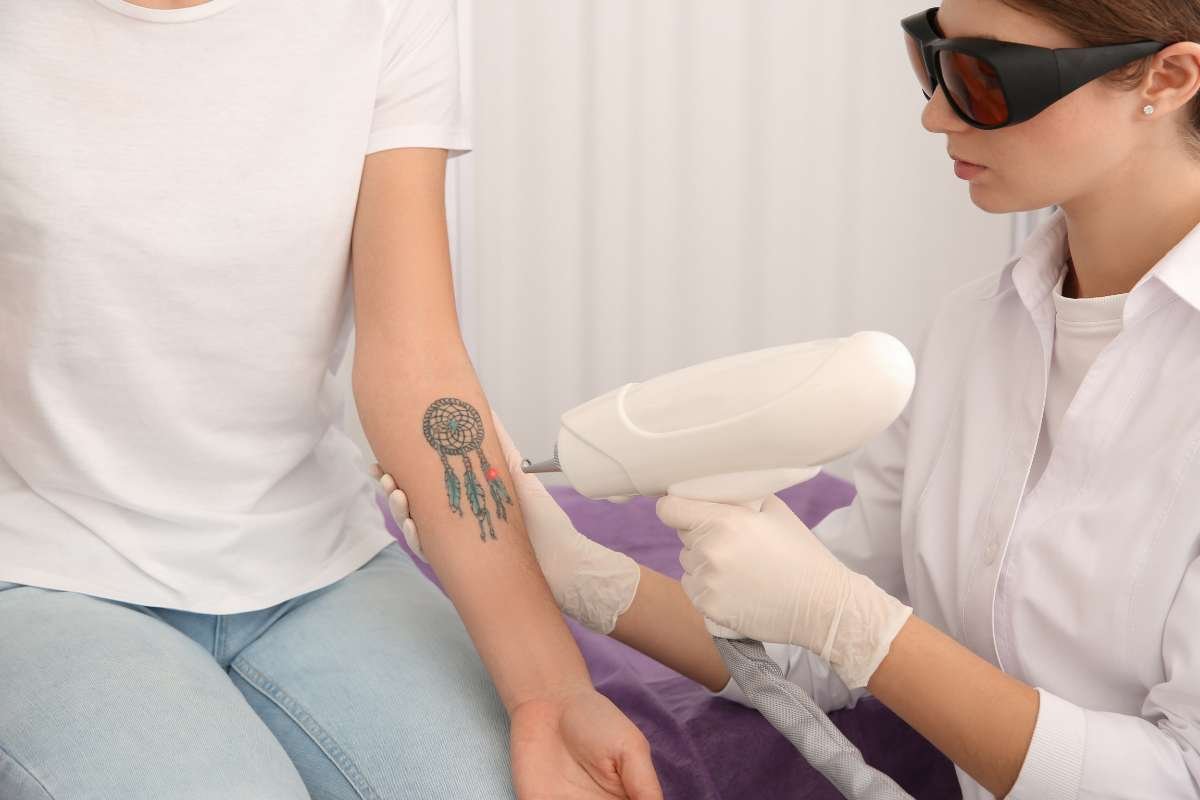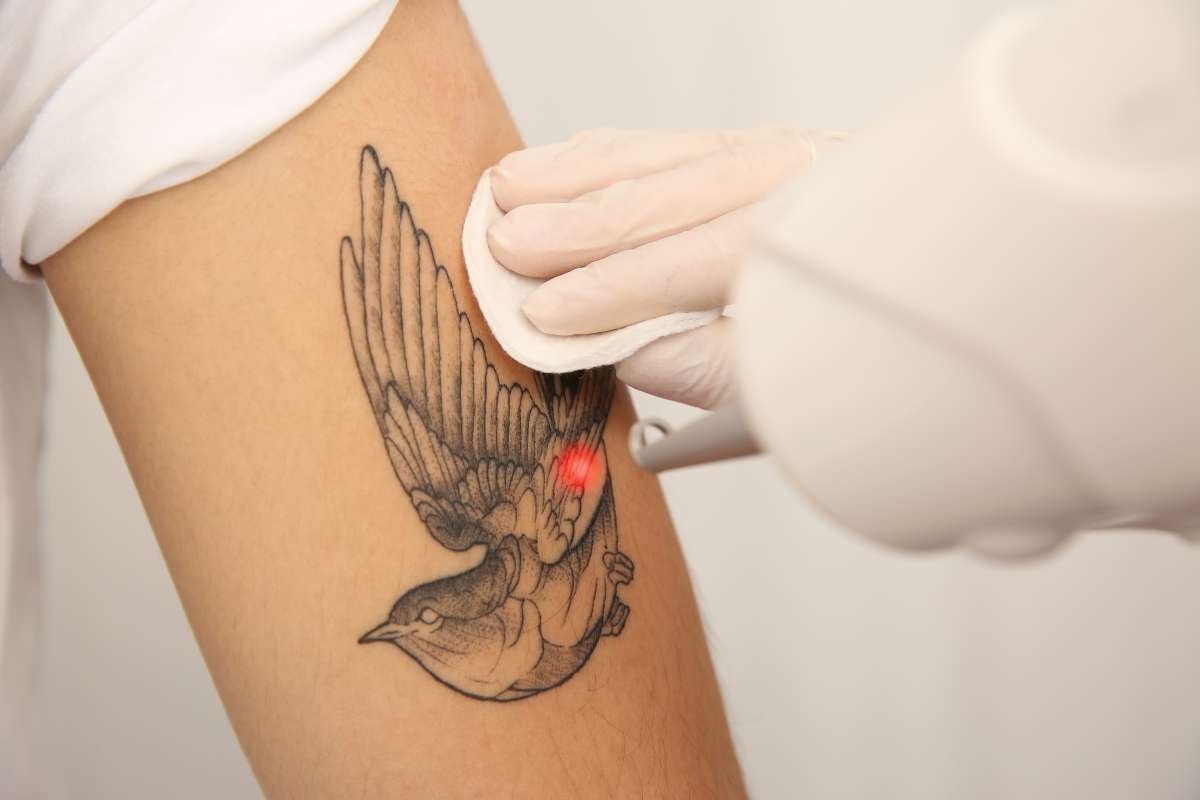Tattoo removal has come a long way from its rudimentary beginnings. From painful, invasive procedures to the latest advancements in laser technology, the field has evolved significantly. With the rise of new techniques and technologies, removing unwanted tattoos is becoming more efficient, less painful, and increasingly effective. This article explores how new technology is transforming tattoo removal, focusing on innovations in the industry and their implications for consumers.
The Evolution of Tattoo Removal Technology
Tattoo removal has historically been a challenging process. Early techniques included dermabrasion, salabrasion, and excision, which often resulted in scarring and incomplete removal. Fortunately, advances in technology have provided better solutions.
From Traditional Methods to Laser Technology
The introduction of laser technology in the late 20th century marked a turning point in tattoo removal. Q-switched lasers became the gold standard, using short bursts of energy to break down tattoo ink particles. These particles are then absorbed and eliminated by the body’s immune system. However, even with laser technology, the process was not without its challenges, often requiring multiple sessions and being less effective on certain ink colors.
Breakthroughs in Laser Tattoo Removal technology
Recent technological advancements have vastly improved laser tattoo removal, making it more accessible and efficient for people worldwide, including those seeking Toronto tattoo removal services.
Picosecond Laser Technology
One of the most significant breakthroughs in recent years is the development of picosecond laser technology. Unlike traditional lasers that use nanosecond pulses, picosecond lasers emit energy in trillionths of a second. This shorter pulse duration shatters the ink particles more effectively, allowing the body to clear them more efficiently. As a result, picosecond lasers can remove tattoos faster, with fewer sessions and reduced risk of skin damage.
Multi-Wavelength Lasers
Another innovation is the use of multi-wavelength lasers, which can target a broader spectrum of ink colors. Traditional Q-switched lasers were less effective on certain pigments, such as green and blue. Multi-wavelength lasers address this limitation by combining different laser types, allowing for comprehensive removal of multi-colored tattoos.
The Role of Artificial Intelligence and Robotics

Beyond advancements in laser tattoo removal technology, artificial intelligence (AI) and robotics are beginning to play a role in the tattoo removal process.
AI-Powered Treatment Planning
AI is being utilized to enhance treatment planning and predict outcomes for tattoo removal. By analyzing data from previous treatments, AI algorithms can recommend the optimal laser settings and predict the number of sessions required, customizing the process to each individual’s needs. This personalization improves efficiency and can lead to better results.
Robotic-Assisted Tattoo Removal
Robotics is also making its way into the field, with robots being developed to assist in the precise application of laser treatments. These robots can maintain consistent speed and pressure, reducing the risk of human error and increasing the safety and effectiveness of the procedure.
The Impact on Consumer Experience
These technological advancements are transforming not only the technical aspects of tattoo removal but also the overall consumer experience.
Reduced Pain and Discomfort
One of the most notable improvements is the reduction in pain and discomfort associated with tattoo removal. Picosecond lasers and robotic assistance contribute to a more comfortable experience by minimizing the heat and energy applied to the skin.
Faster Results and Fewer Sessions
With the enhanced efficacy of modern lasers, consumers can achieve their desired results in fewer sessions. This not only saves time but also reduces the overall cost of tattoo removal, making it more accessible to a broader audience.
Improved Accessibility and Affordability
As technology advances and demand increases, more clinics are offering cutting-edge tattoo removal services, including those in major urban centers like Toronto. The competition among providers helps drive down costs and encourages the adoption of the latest technologies, making high-quality tattoo removal more accessible than ever.
Challenges and Considerations

Despite these advancements, there are still challenges that the industry faces.
Managing Expectations
While technology has made tattoo removal more effective, it’s important for consumers to have realistic expectations. Complete removal is not always possible, and factors such as skin type, ink color, and tattoo age can affect outcomes.
Regulatory and Safety Considerations
As with any medical procedure, safety is a primary concern. Ensuring that practitioners are properly trained and equipment is maintained to the highest standards is crucial for safe and effective tattoo removal. Regulatory bodies continue to monitor and update guidelines to keep pace with new technologies.
The Future of Tattoo Removal

Looking ahead, the future of tattoo removal is promising, with ongoing research and development poised to bring further improvements.
Emerging Technologies
Emerging technologies, such as focused ultrasound and plasma energy, show potential for non-laser tattoo removal technology. These innovations could offer alternatives for those who are not candidates for laser treatments or who prefer non-invasive options.
Personalized Medicine
The integration of personalized medicine into tattoo removal is another exciting prospect. Advances in genetic research and personalized healthcare may lead to customized treatment plans based on an individual’s genetic makeup, improving outcomes and minimizing side effects.
Conclusion
The landscape of tattoo removal is rapidly changing, driven by technological advancements that enhance the effectiveness, safety, and accessibility of the process. From picosecond lasers to AI and robotics, these innovations are transforming the industry and improving the consumer experience. As technology continues to evolve, the future of tattoo removal looks bright, offering hope to those seeking to erase the past and start anew. Whether you’re in Toronto or anywhere else in the world, the advancements in tattoo removal technology are making it easier than ever to turn the page on unwanted ink.






